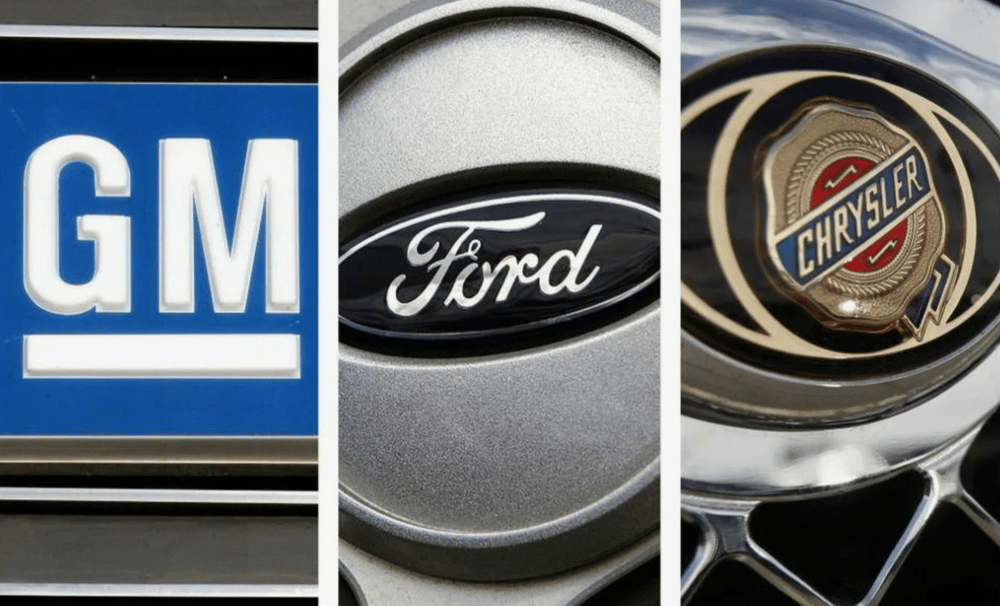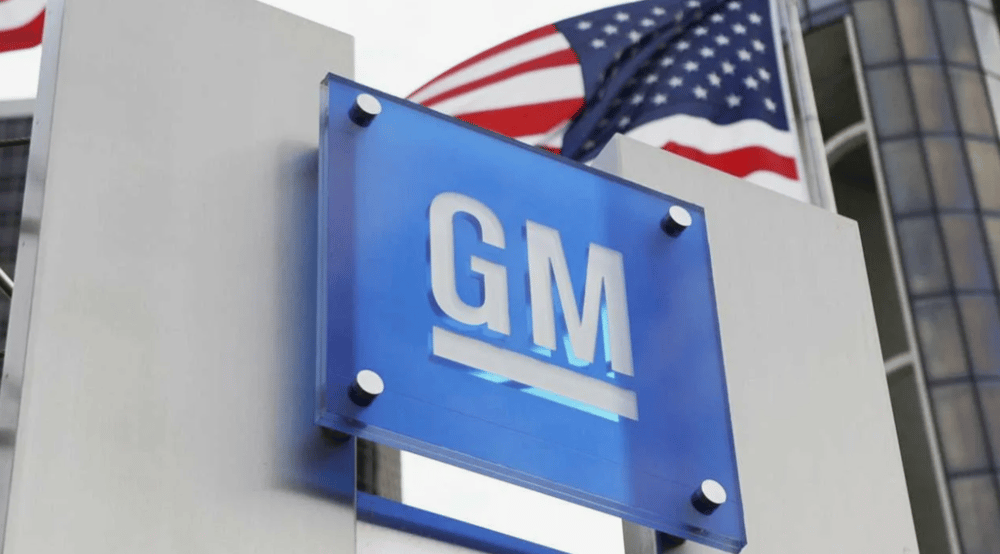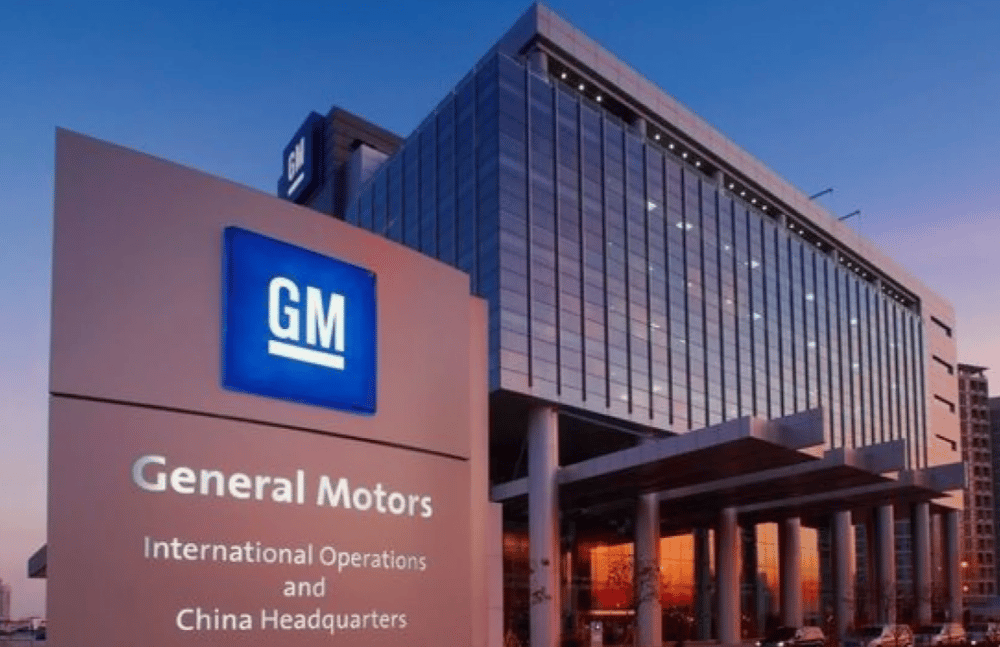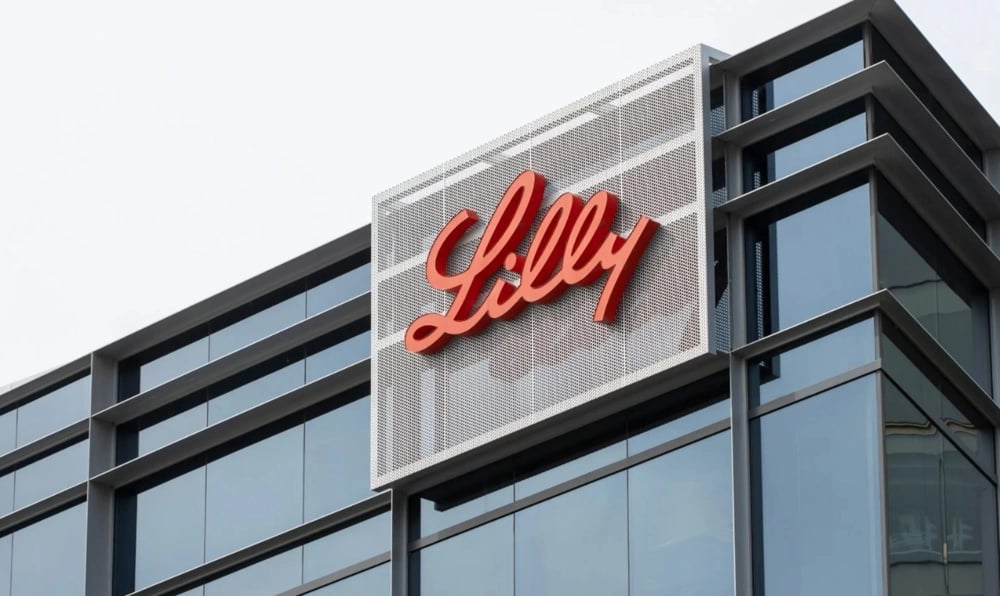Strategic Adjustments of General Motors and the Automotive Market Challenge
General Motors has once again found itself at the center of industry discussions as the company announces a temporary halt in the production of its electric commercial van at the CAMI Assembly plant in Ontario. This decision comes in response to sluggish sales of the Chevrolet BrightDrop electric van and is part of a broader effort to adjust staffing levels and align production schedules with current market demand. Crucially, GM emphasized that this production pause is not linked to the recently imposed tariffs on vehicles, but rather to internal operational reviews and inventory management strategies.
Analyzing the Underlying Causes and Consequences
Several key factors contributed to the decision to suspend production at the CAMI Assembly plant:
• Declining sales of electric commercial vans
• The need to recalibrate production to better reflect current market demand
• Strategic inventory management and logistical adjustments
According to Unifor—a union representing the plant workers—approximately 1,200 employees are temporarily laid off as part of these operational changes. This development underscores the significant restructuring underway within the automotive giant and mirrors a broader trend across the industry as companies rethink their production capacities in light of fluctuating consumer interest.
Industry Trends and Rapid Operational Adjustments
Amid intensifying competition in the global automotive market, GM is implementing a series of rapid operational changes. By revisiting existing inventories and adopting new technological approaches to streamline production workflows, the company is taking proactive steps to stabilize its operations. These initiatives include not only technical innovations but also adjustments in the workforce structure, reflecting a strategic move to enhance efficiency and meet evolving market expectations. This approach illustrates GM’s commitment to adapting its business model in an era defined by digital transformation and shifting consumer preferences.

Three Critical Steps Toward Production Optimization
1. Assessing Market Data and Inventory Levels
GM is rigorously analyzing market trends and internal stock levels to adjust production schedules and align hiring practices with demand fluctuations.
2. Enhancing Logistical Efficiency
The use of modern automation technologies is central to reducing operational costs and streamlining the movement of parts and components throughout the production line.
3. Investing in Workforce Development
By focusing on training and upskilling its employees, GM aims to boost production quality and ensure a smoother transition during periods of operational recalibration.
Rising and Falling Trends Amid Digital Transformation
Strengths Associated with Operational Overhaul
- Increased flexibility in production management
- Improved inventory optimization leading to cost reductions
- Enhanced responsiveness during market fluctuations
Potential Challenges and Short-Term Setbacks
- Temporary production delays during the integration of new processes
- Short-term reduction in output volumes
- The impact of workforce adjustments on employee morale and overall stability
Preliminary Conclusions and Future Perspectives
The current operational adjustments at GM signal a significant inflection point in the company’s approach to manufacturing electric commercial vehicles. The suspension of production at the CAMI Assembly facility reflects a pragmatic response to lower-than-expected sales volumes and highlights the necessity for dynamic production planning in a volatile market. While the temporary layoffs may present short-term challenges, the broader strategic vision focuses on cultivating a more flexible and clinically efficient production system.

Industry analysts view these changes as indicative of a larger trend among automotive manufacturers striving to stay ahead in the era of digital transformation. By implementing innovative technologies and refining logistical operations, GM is working to secure its competitive edge in a rapidly evolving market landscape. Over the long term, such measures could serve as a blueprint for other industry giants as they seek to balance production capacities with real-time consumer demand and technological advances.
In summary, the current reorganization is not merely a reaction to falling sales—it is a deliberate effort to foster long-term resilience. General Motors’ strategic adjustments and its focus on aligning operational capabilities with market signals underscore the company’s dedication to navigating the complexities of the modern automotive industry while continuing to innovate and adapt.


















Comments